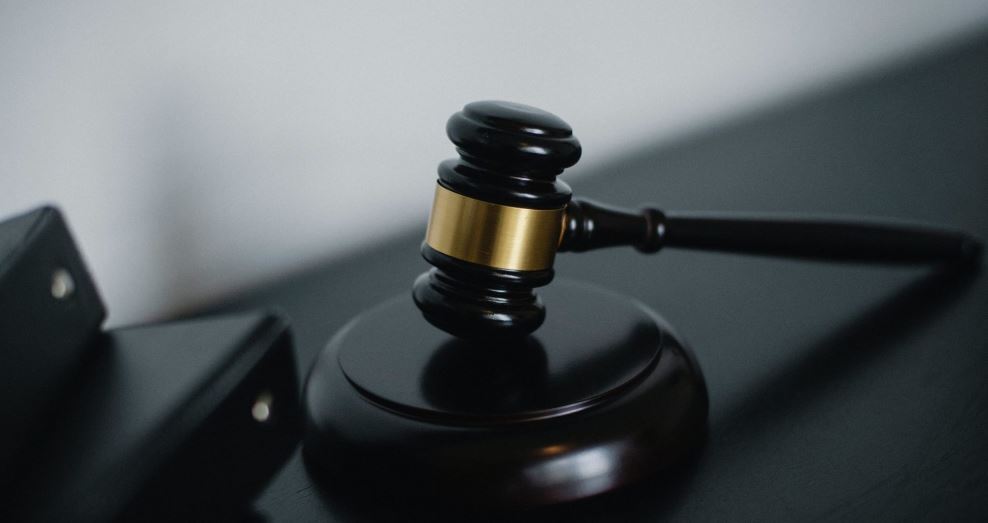
GUEST EDITORIAL
I recently joined Scott Weltman, Amy Holbrook and Stefanie Collier from Weltman, Weinberg & Reis, a Cleveland, Ohio-based collections law firm, for a two-part webinar series on auto loan recovery. The first session focused on the early stages of auto recovery.
Scott asked me to discuss when and how DRN is involved in auto recovery. While DRN has historically leaned heavily on the repossession part of the business, we’re working more and more with lenders early in the collection cycle – and this is making a big impact.
Lenders attempt contact with borrowers in various ways leading up to the decision to repossess. Using our license plate recognition (LPR) data and analytics platform at this stage can help verify contact addresses and even uncover unknown location information for borrowers. We can determine behavior patterns based on license plate scans and help lenders make better decisions about next steps … effectively shrinking the time it takes to recover a vehicle. And, of course, time is money.
I also explained the often-confused difference between LPR staging and direct recovery models. Staging involves when a lender provides a list of defaulted accounts to a repossession firm, which are then loaded into DRN’s hotlist. DRN affiliate agents using DRN cameras and technology are continuously scanning against this list. When a vehicle is spotted, it can be authorized for immediate pick-up – all in real time. Direct recovery is when a lender provides the list of accounts to a specific repossession agent/agency and asks that particular party to pick up the car. While we certainly encourage the staging method for efficiency benefits, we do see lenders using a hybrid of both models with good success.
Finally, I talked about the importance of compliance, training, security and partnership with industry associations when lenders are considering who to work with on recovery and repossession. We’ve found it crucial at DRN to work closely with our industry associations, both state and national, to ensure the data we collect is used in compliance with all guidelines.
Amy’s part of the discussion was focused on replevins, which are court-ordered repossessions. These happen when typical repo efforts have failed, either because the consumer is fighting the process or the repo agent can’t physically get to the vehicle because it’s behind a locked gate, in a garage, etc. With a replevin, law enforcement takes over the recovery process, which often encourages the borrower to get involved in the process and resolve the issue – either by agreeing to terms with the lender or giving up the vehicle.
Stefanie ended the session by talking about the repossession law process, including the various types of notices that are required to be sent to the borrower before a repo can take place. She noted that guidelines vary by state so it’s important for lenders to understand all applicable laws. She also talked about personal property laws, which state that agents cannot hold personal property from an owner in exchange for the vehicle or payment. Non-compliance at any of these stages can result in a lender being unable to collect on balances, or even counter claims or class-action suits.
Click here if you’d like to hear the full replay of the session. And of course, contact us here if you’d like to learn more about how data can improve your recovery efficiencies and drive success. I’ll recap part two of our series soon.
– Jeremiah Wheeler, EVP and GM, DRN Data
Jeremiah Wheeler

Jeremiah, Executive Vice President & General Manager, leads DRN by driving revenue, business development, data collection and strategy efforts with license plate recognition (LPR) data and analytics solutions. Jeremiah has more than 15 years of experience in the data, analytics, collections, recovery and financial services industries. He serves on the Legislative Fundraising and Membership Committees for the Receivables Management Association International and is also a member of the Automotive Intelligence Council with Cherokee Media Group.












Facebook Comments